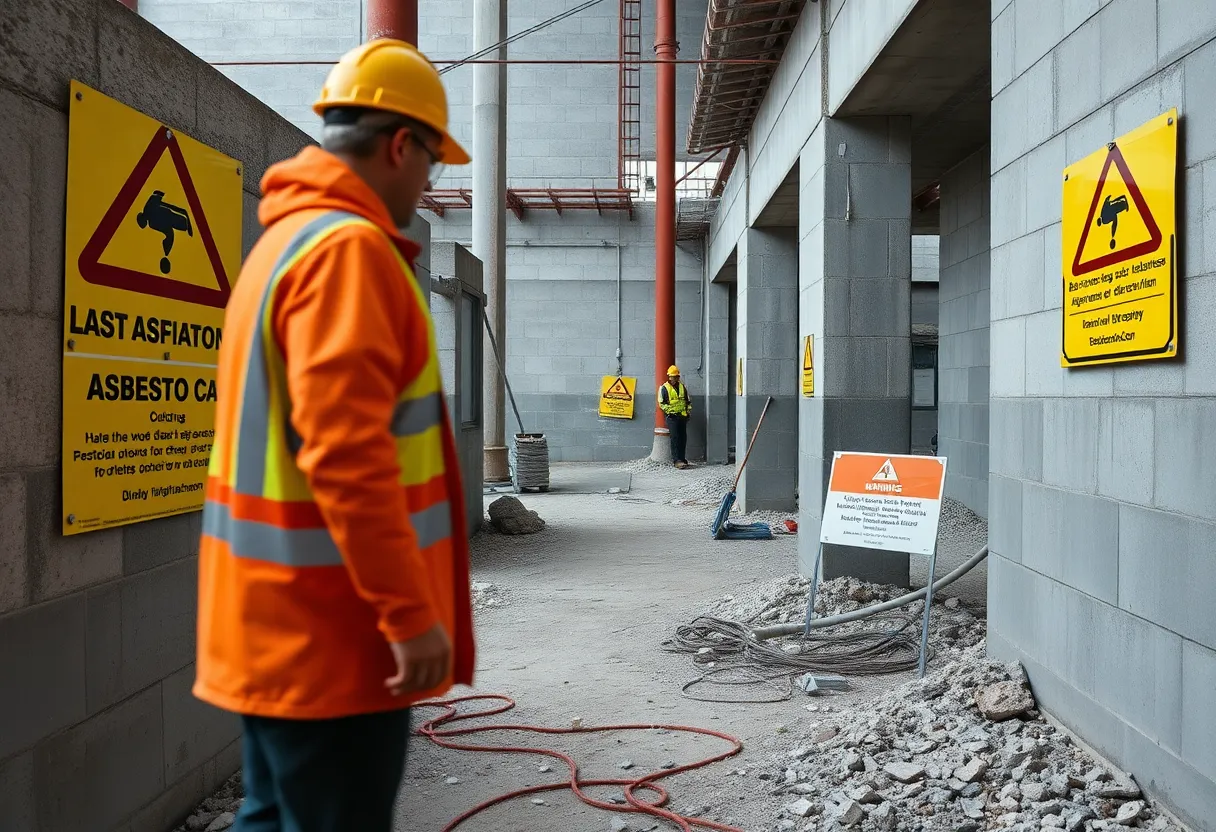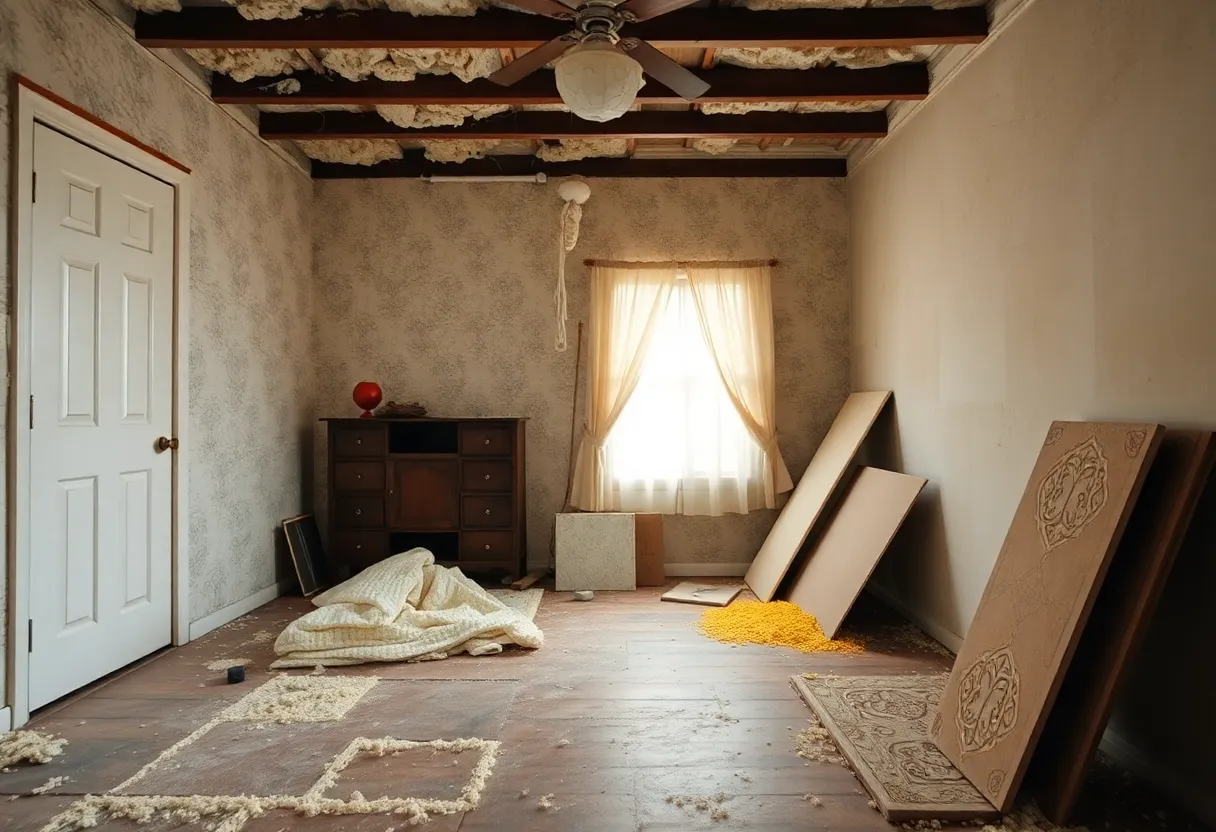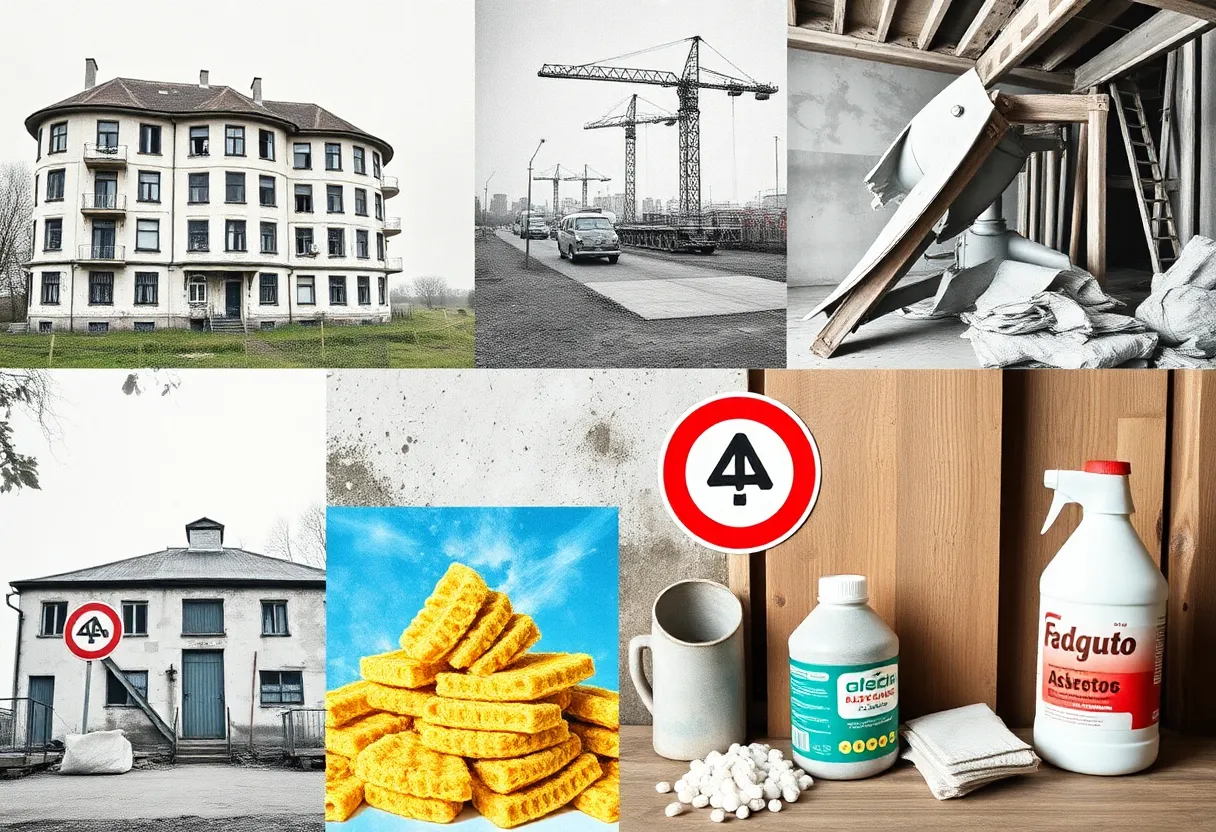News Summary
Explore the persistent dangers of legacy asbestos, its health impacts, and the urgent need for protective measures.
The Ongoing Threat of Legacy Asbestos: A Public Health Crisis
Even as global regulations tighten, legacy asbestos continues to plague workers and communities around the world. With an estimated 68 countries and territories prohibiting the use of asbestos-containing materials by 2024, one might assume the crisis is on the decline. However, the stark reality reveals a different story: millions of buildings still harboring asbestos-containing products lead to ongoing exposure and health risks during renovations, demolitions, and improper handling.
Asbestos: The Silent Killer
All forms of asbestos, including the common fiber types like chrysotile, amosite, and crocidolite, are classified as Group 1 carcinogens by the World Health Organization (WHO) and the International Agency for Research on Cancer (IARC). The medical consensus is clear: exposure to asbestos is deadly. Estimates suggest that over 200,000 occupational deaths occur annually due to diseases linked to asbestos exposure. Alarmingly, about 70% of work-related cancer deaths are attributed to these diseases, making asbestos a major public health threat.
The U.S. Statistics Speak for Themselves
In the United States alone, the EPA estimates that more than 40,000 deaths each year are directly linked to asbestos exposure, resulting primarily in lung cancer, mesothelioma, ovarian cancer, and laryngeal cancer. The figures for mesothelioma are particularly staggering, with approximately 27,000 deaths reported in 2019, predominantly due to past occupational exposure. This underscores the persistent burden of asbestos—despite some nations implementing bans, the effects are ongoing and devastating.
A Global Exposure Crisis
Currently, WHO estimates that around 125 million workers globally are still exposed to asbestos at work. Many of these individuals are concentrated in eastern Europe, parts of Asia, and Latin America, where asbestos mining is still rampant. Furthermore, the Global Burden of Disease study indicates that without significant intervention, asbestos-related deaths are expected to rise, particularly among aging populations and in regions where bans on the harmful material are only now being implemented, often too late.
A Hidden Legacy
Legacy asbestos isn’t just confined to industrial sectors. It is prevalent in many everyday products, including thermal insulation, fireproof textiles, roofing materials, brake pads, gaskets, and various construction materials. Such widespread use means that even in places where asbestos is banned, the risk of exposure remains high during renovations and demolitions. Workers, homeowners, and communities are at risk, particularly if proper safety measures are not strictly followed.
Alternatives Are Available
Fortunately, non-asbestos substitutes are readily available for these dangerous products, including mineral wool, fiber cement, aramid fibers, and fiberglass. Countries and organizations must prioritize a comprehensive strategy encompassing legal bans, robust worker protections, product substitution, public health surveillance, and safe industrial practices. This multi-faceted approach is vital to minimize risks associated with current and legacy asbestos.
Future Implications
As the community prepares for the future, the scars of asbestos exposure will linger for decades, with significant health implications looming large on the horizon. The message is clear: ongoing vigilance is crucial in protecting current workers and residents from the risks posed by legacy asbestos. Increased awareness and action are needed to confront this ongoing public health crisis effectively.
In Summary
The burden of disease from asbestos exposure is not only a past issue—it’s a present danger impacting millions. Even with bans enacted in numerous countries, legacy asbestos continues to threaten lives. To address this critical situation, immediate and concerted efforts are required to safeguard future generations from the harrowing consequences of asbestos exposure.
Deeper Dive: News & Info About This Topic
HERE Resources
Health Under Siege: The Asbestos Crisis and Public Health Setbacks
Trump Administration Takes Steps to Reconsider Asbestos Ban
EPA Reconsiders 2024 Ban on Chrysotile Asbestos
Barretts Minerals: Bankruptcy Judge Questions Asbestos Levels in Talc from Montana
Philadelphia School District Faces Charges Over Asbestos Violations
Government’s Sharp Turn on Asbestos Ban Sparks Outrage
The School District of Philadelphia Faces Unprecedented Criminal Charges for Asbestos Violations
Chrysotile Asbestos Ban Faces Re-examination Under EPA
The Importance of Early Screening for High-Risk Groups
Family Seeks Justice After Tragic Mesothelioma Diagnosis



















